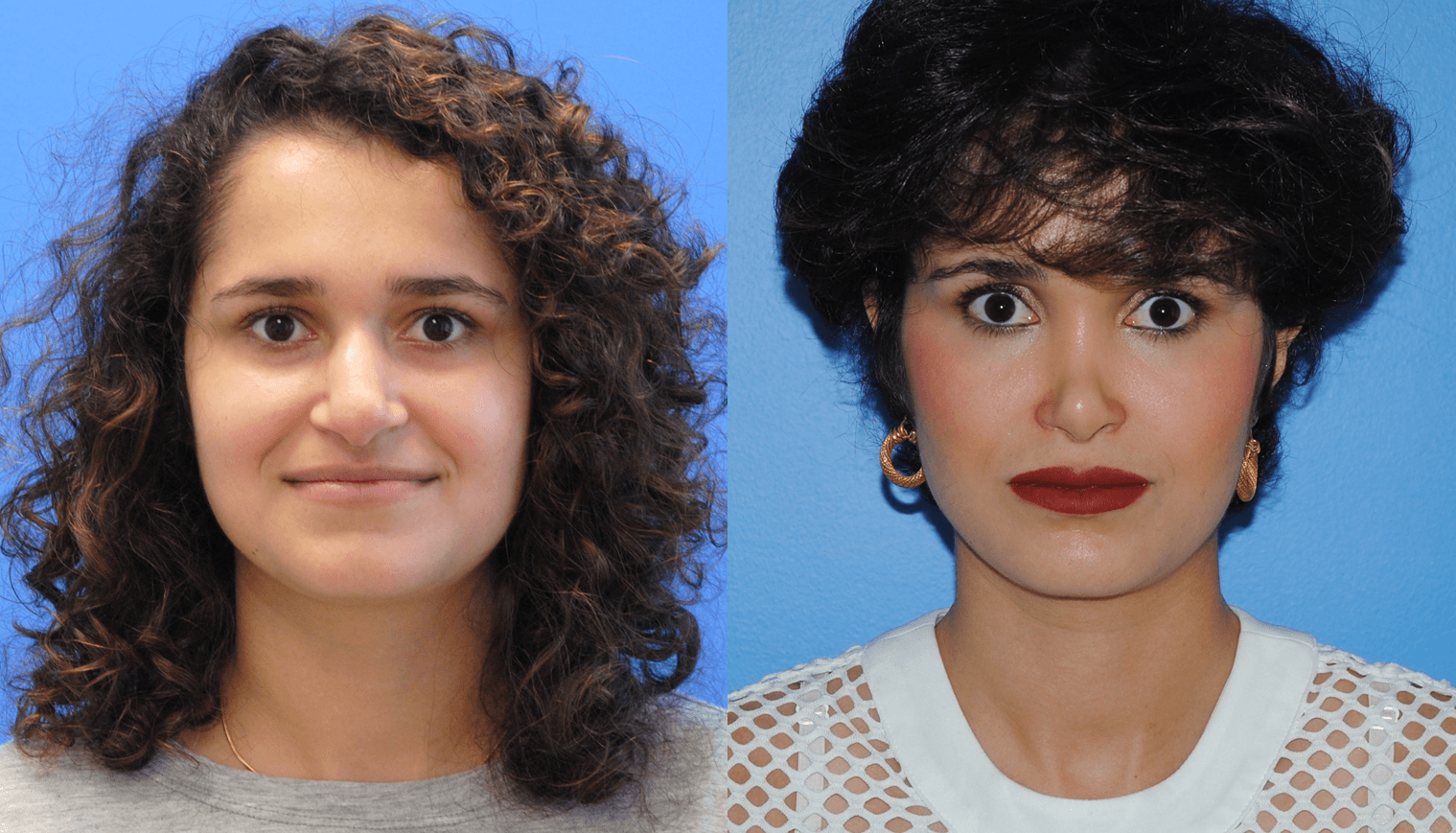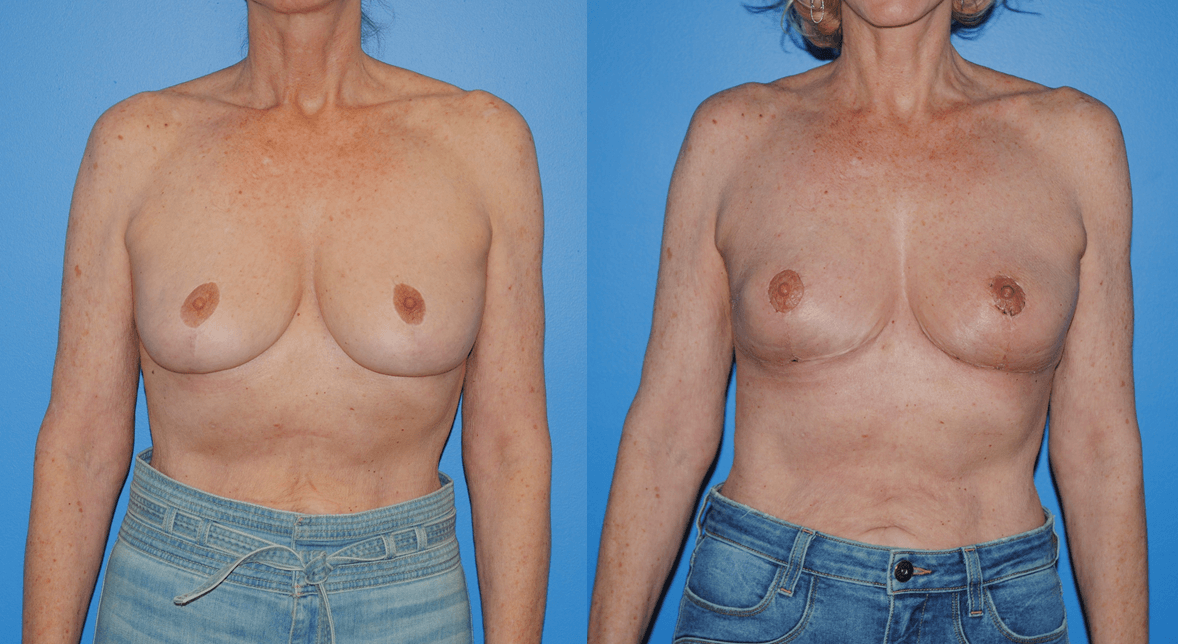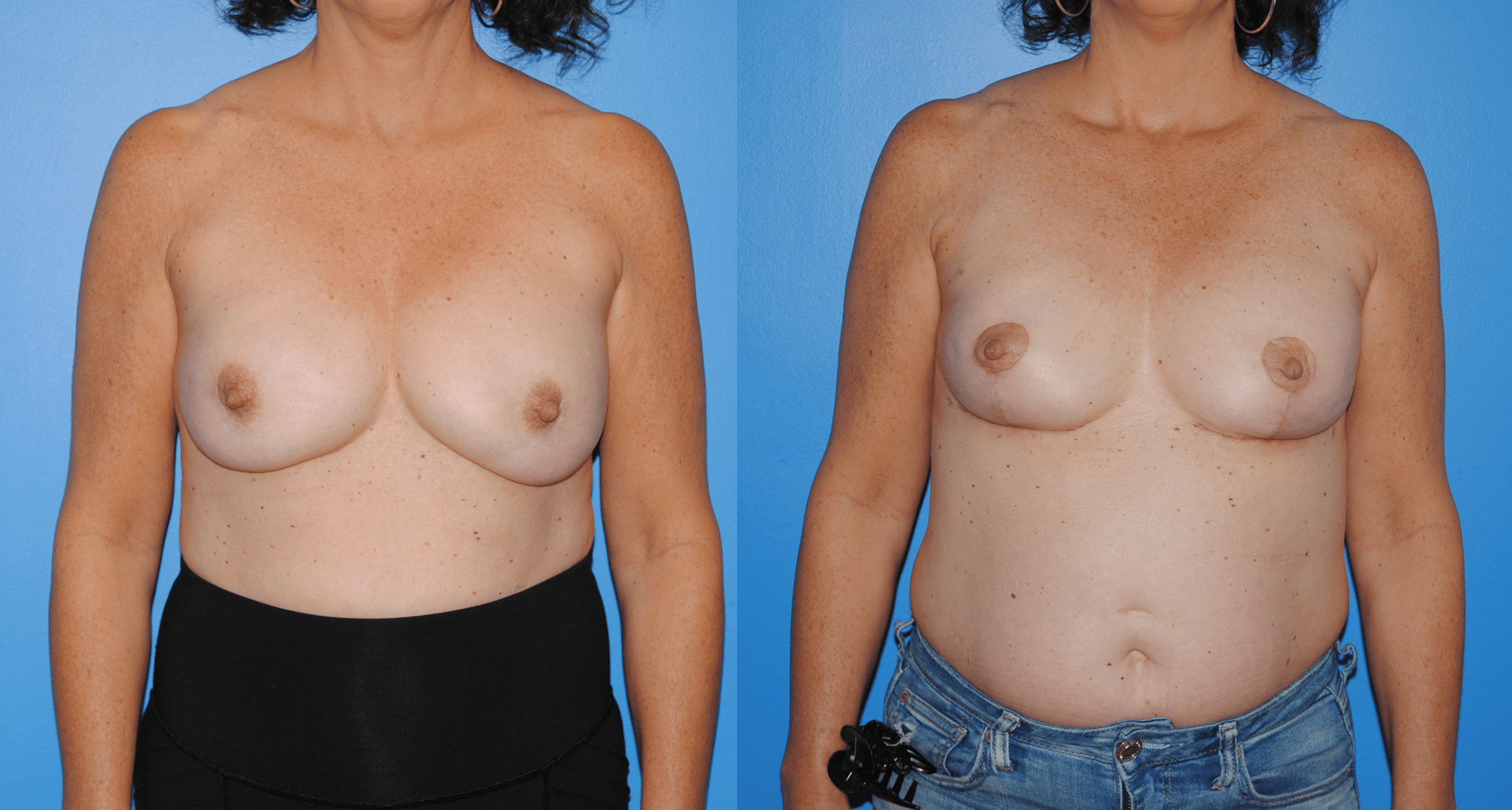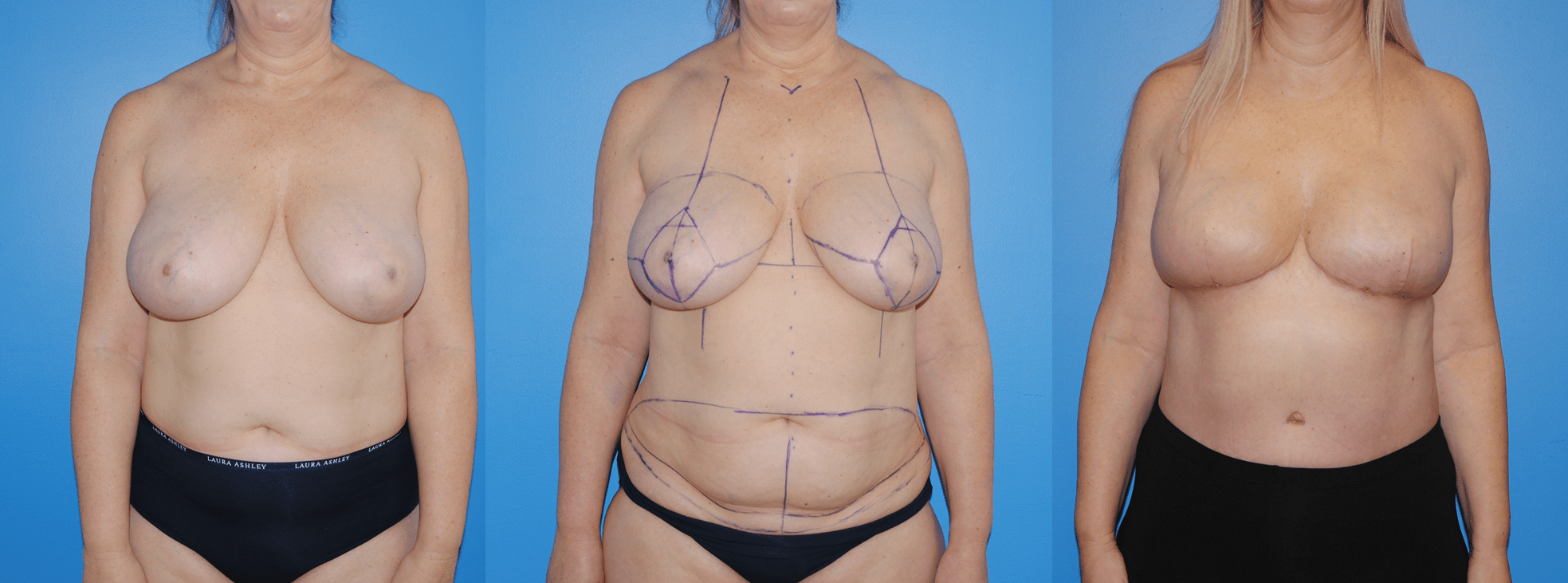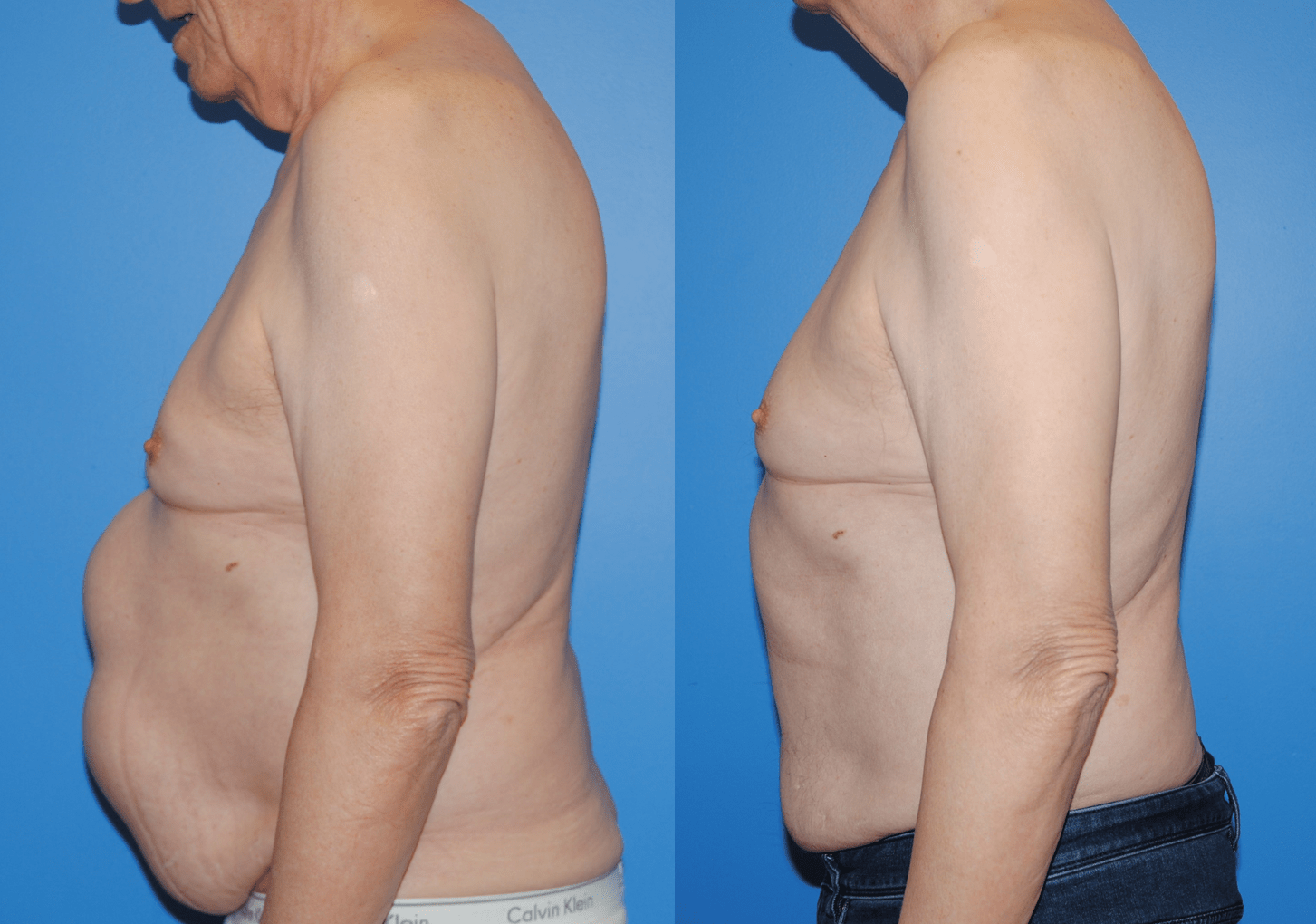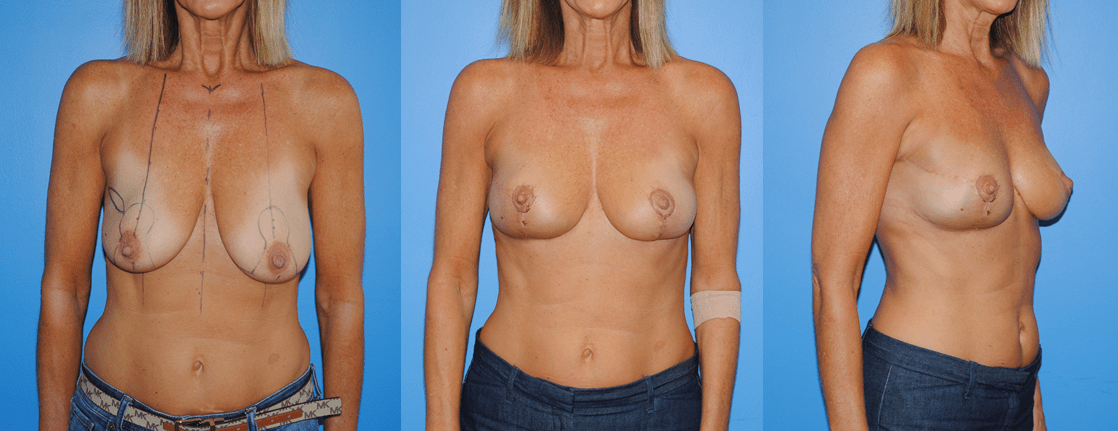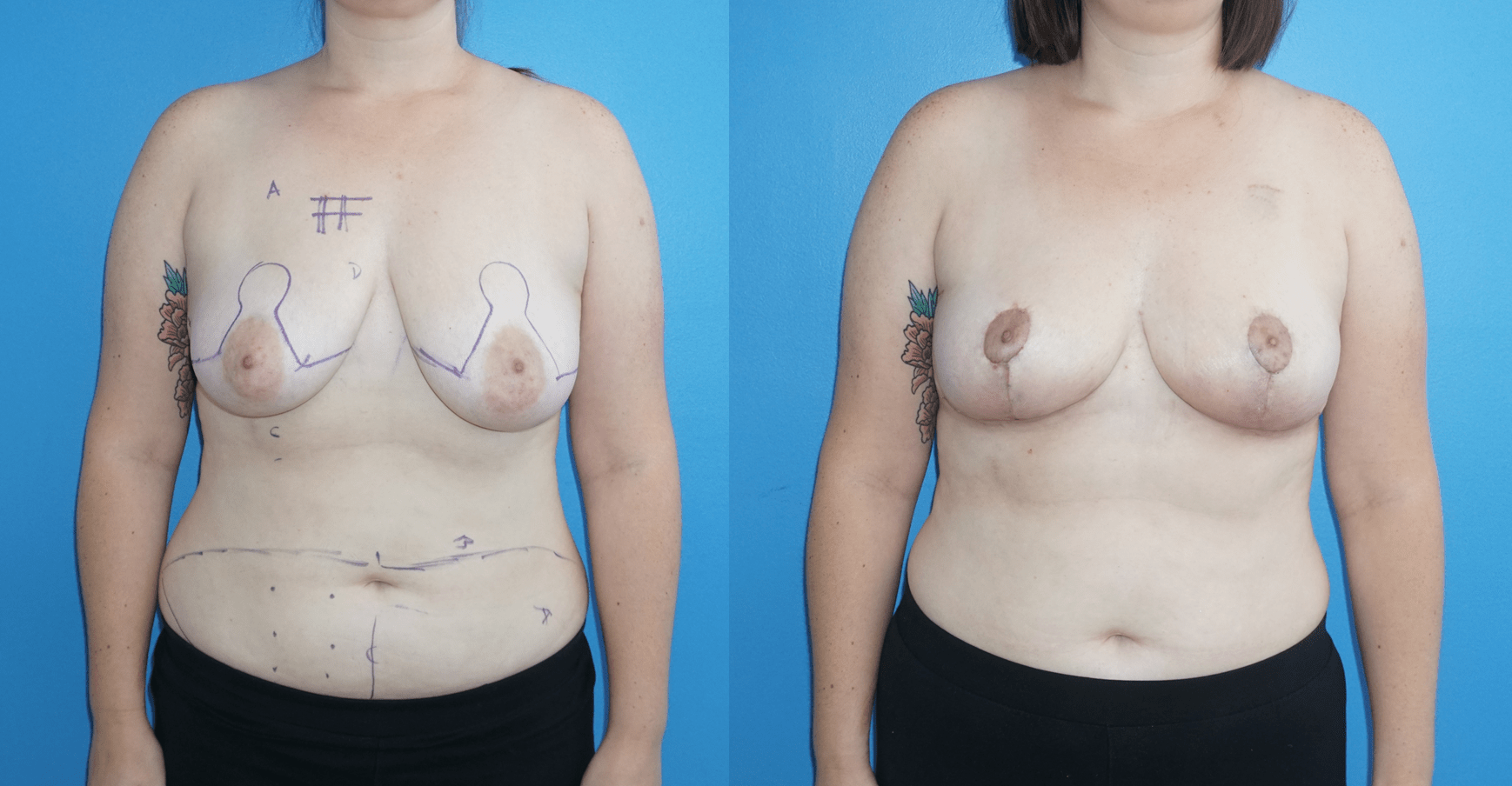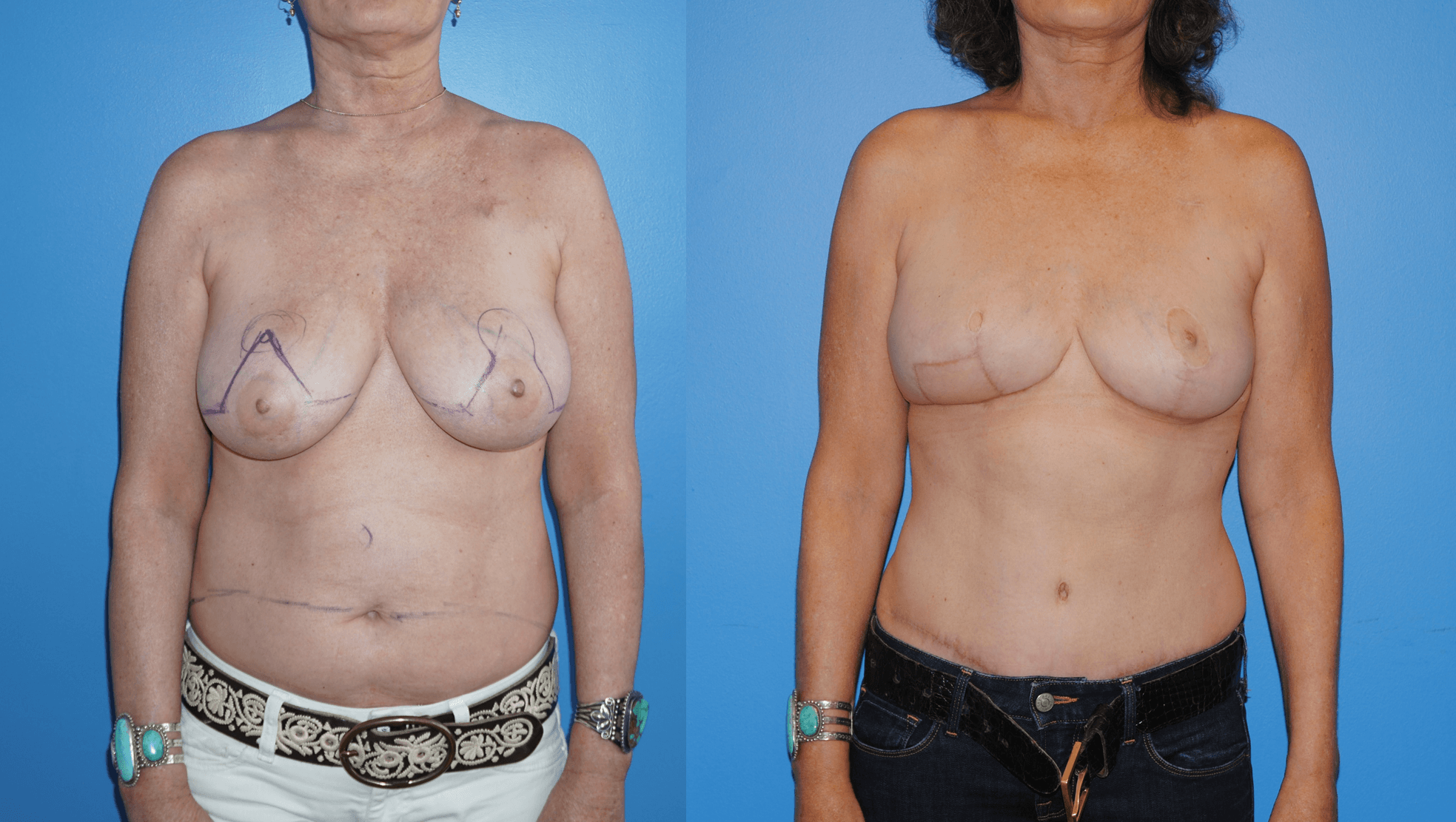Rhinoplasty is one of the more commonly performed procedures at our Newport Beach location. Two popular reasons people have for changing the shape of their nose is 1) to improve the tip definition and 2) to decrease the nasal projection. Together these changes can be additive so that two small changes to the nose can significantly improve the appearance of…
